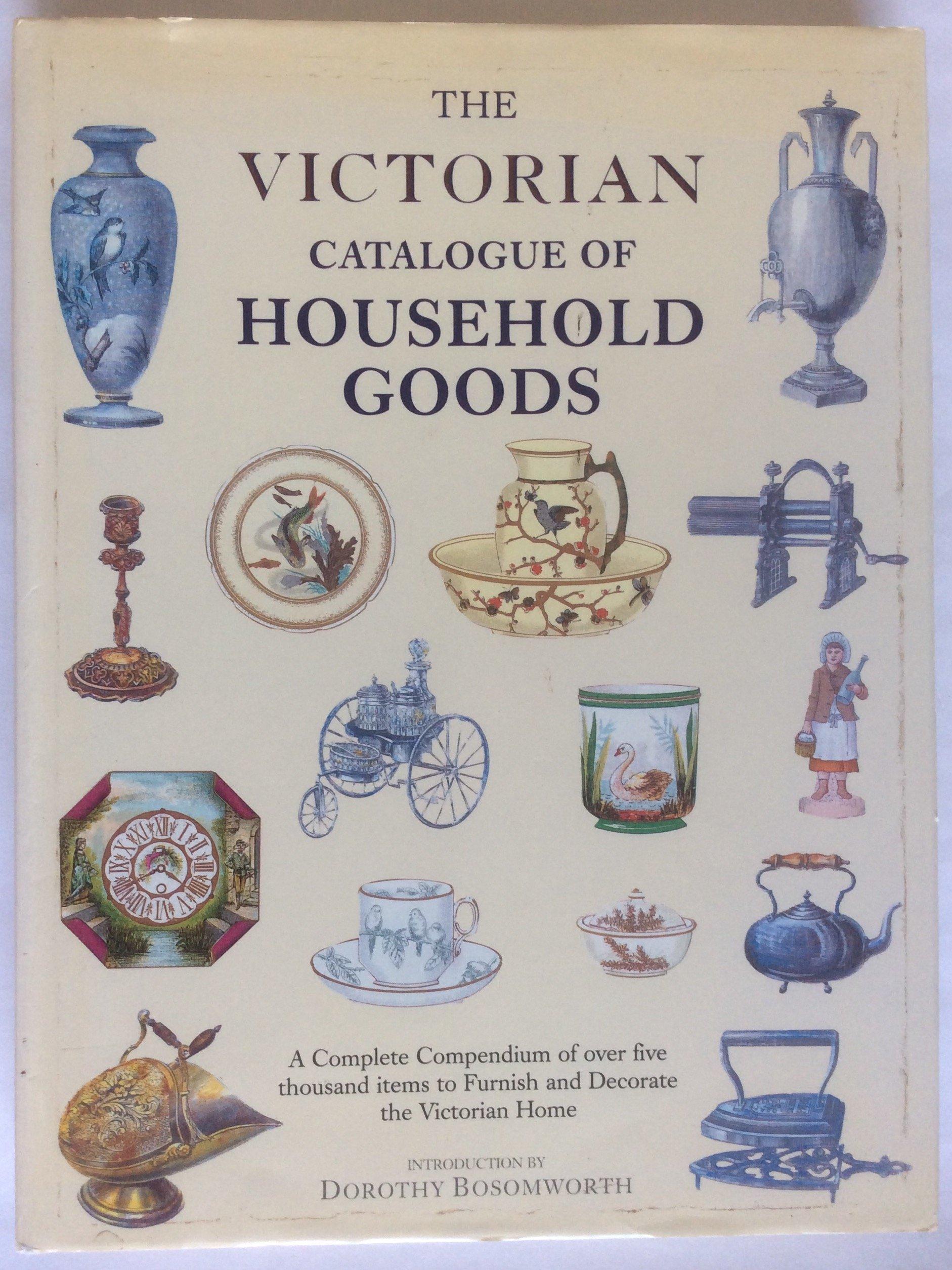Household goods introduction is an economic process which involves production, planning, marketing, distribution and consuming of household goods within an organization. The production of household goods may be done internally or through a distribution system. The process of household goods introduction in an organization, involves planning of household goods design and labeling, the purchase of raw materials and components, their assembly, transportation and testing. The marketing of household goods and their distribution, involve both the production and marketing of household goods, as well as marketing and advertising strategies, to promote their sales and minimize consumer losses. Household goods marketing is an intricate process and usually includes four main stages: Household goods introduction is an economic process which involves production, planning, marketing, distribution and consuming of household goods within an organization. The production of household goods may be done internally or through a distribution system. The process of household goods introduction in an organization, involves planning of household goods design and labeling, the purchase of raw materials and components, their assembly, transportation and testing. The marketing of household goods and their distribution, involve both the production and marketing of household goods, as well as marketing and advertising strategies, to promote their sales and minimize consumer losses. Household goods marketing is an intricate process and usually includes four main stages:

The traditional production stage of household goods introduction consists of identifying target customers, identifying the manufacturing process, determining pricing, developing quality control, and manufacturing goods in large quantities. During this stage, research and development activities are conducted to identify new processes and technology for product improvement and commercialization. These efforts form the base of the manufacturer's knowledge on how to satisfy potential customers. Quality control and market development are also performed during this stage of household goods production. Production capabilities and capacities are improving using state-of-the-art tools and machinery, as well as experienced staff.
Domestic market penetration and customer acceptance of household goods products are determined after market research and analysis. Marketing of household goods is performed through various channels including direct marketing and advertising campaigns, merchandising, licensing, and contract manufacturing. Marketing of household goods can also be achieved through wholesale channels to promote local brands and increase foreign trade. After market penetration and customer acceptance have been established, domestic production and marketing of household goods can move onto the manufacturing stage. Household goods manufacturers should consider investing in the following capabilities to improve their capability to manufacture household goods:
Increase production efficiency. The goal of any household goods production facility is to make it more efficient than the best in its category. For example, it may be an automotive factory that produces the most vehicles in the world but if its production capacity is only one vehicle per day then it will be considerably less efficient than a much larger facility that can produce millions of vehicles daily. A similar principle applies to other types of manufacturing capabilities. Thus, a good manufacturer needs to consider how it can reduce waste, improve cycle time, and enhance capacity utilization to maximize productivity. These capabilities can be achieved through training, better machinery and equipment, and by investing in the right people.
Improve productivity. Household goods production facilities typically aim at producing high quality goods at low costs. To achieve this, they must reduce the number of errors and excess capacity, while maintaining or improving product quality at all times. Many of these capabilities can be automated to improve efficiency. Improving production efficiency also helps reduce costs. These costs can be mitigated through investment in better technology and human resources and restructuring how operations take place.
Maintain competitive advantage. Household goods production is especially important because the domestic market serves as a crucial platform for global trade and integration. Because the domestic market supplies a majority of goods that enter the international market, staying on top of developments in the domestic market and promoting tradable goods are critical to staying a player on the global stage.
Expand into new markets. The household sector creates jobs for people across the country. Household goods manufacturing allows businesses to serve a variety of consumers in different regions of the country. This means that a business that begins with a small domestic market will soon be able to penetrate the domestic market and become successful. Household goods manufacturing also helps promote social equality because households can use these products not only for their own consumption but to contribute to the domestic economy through job creation and sales.
Enhance competitiveness. Household goods manufacture companies are often at an advantage when the global market is weak because they can create durable and resilient household goods products that can withstand regular wear and tear. This means that they have the ability to compete on price with other companies who make durable goods at less cost, leading to further innovations and greater product quality.

Leave a Reply